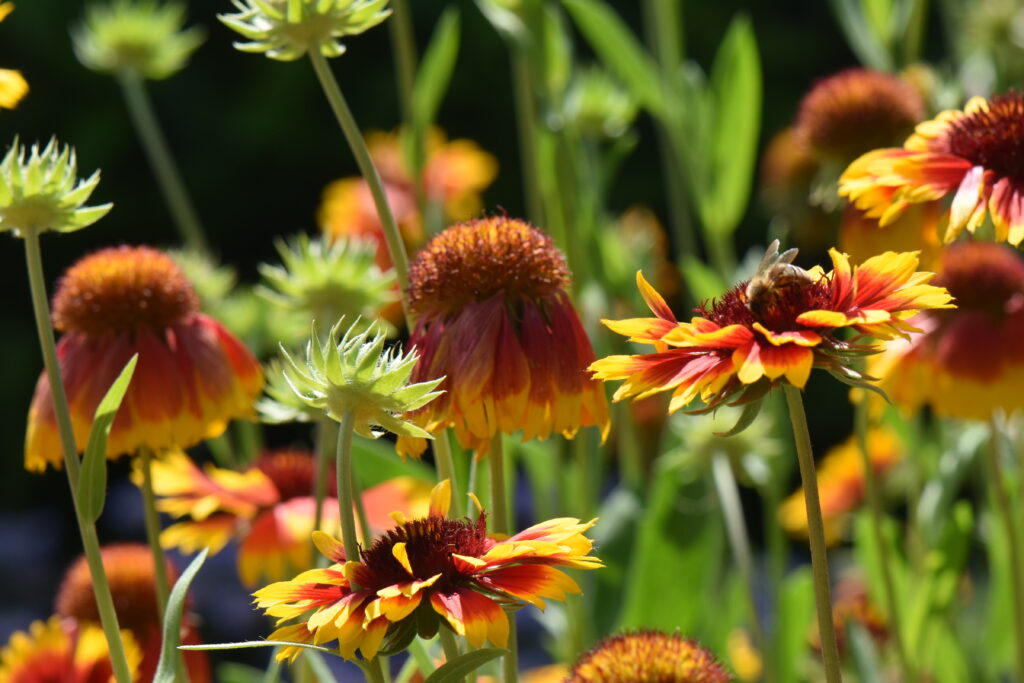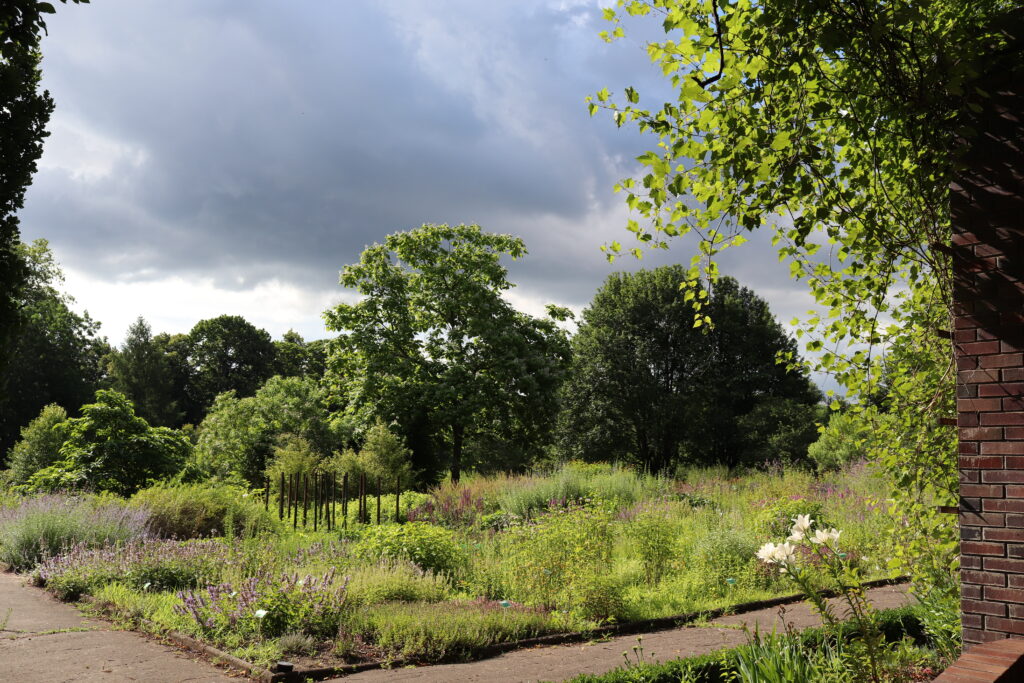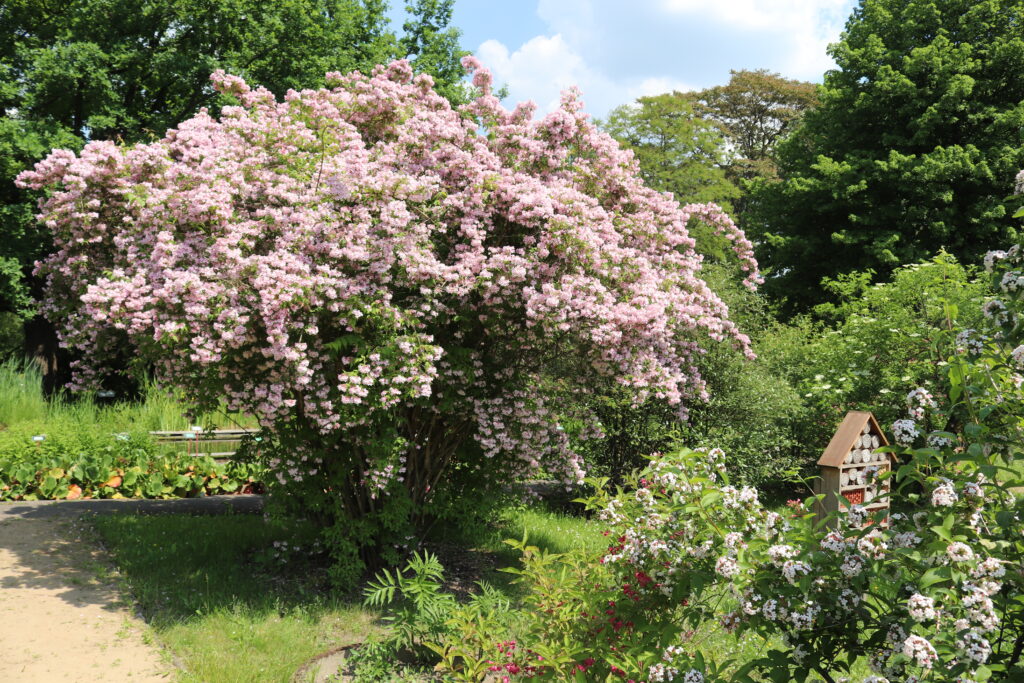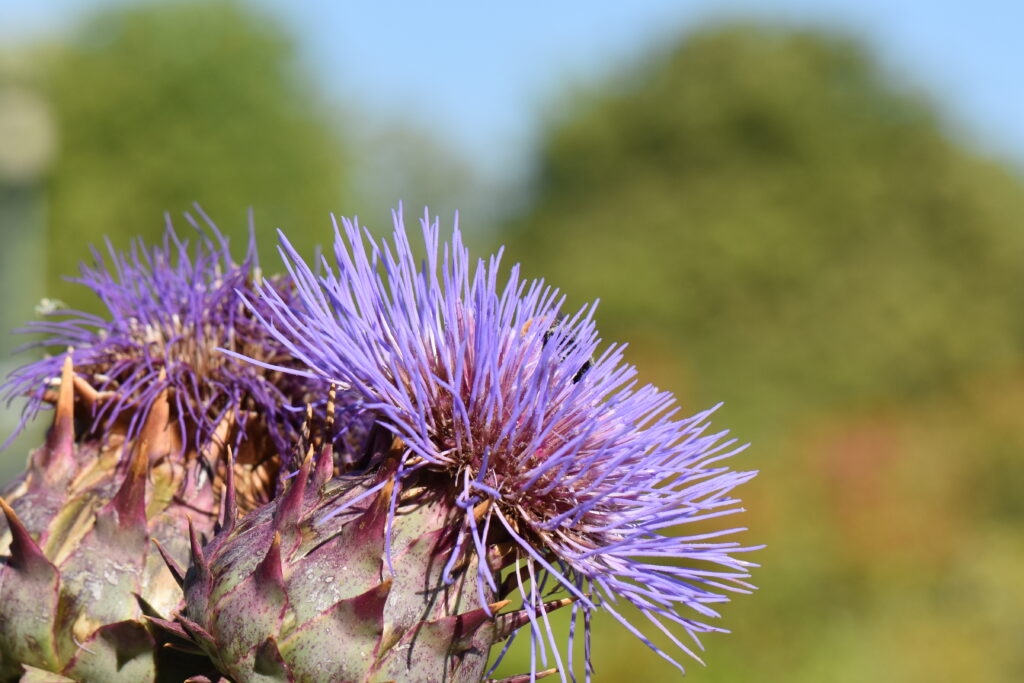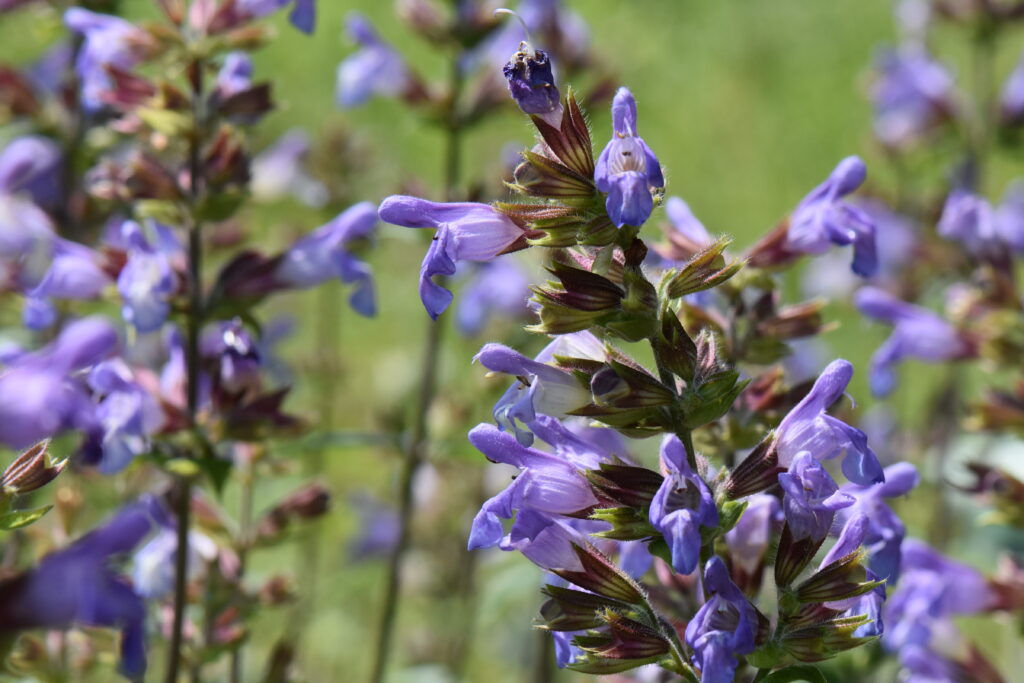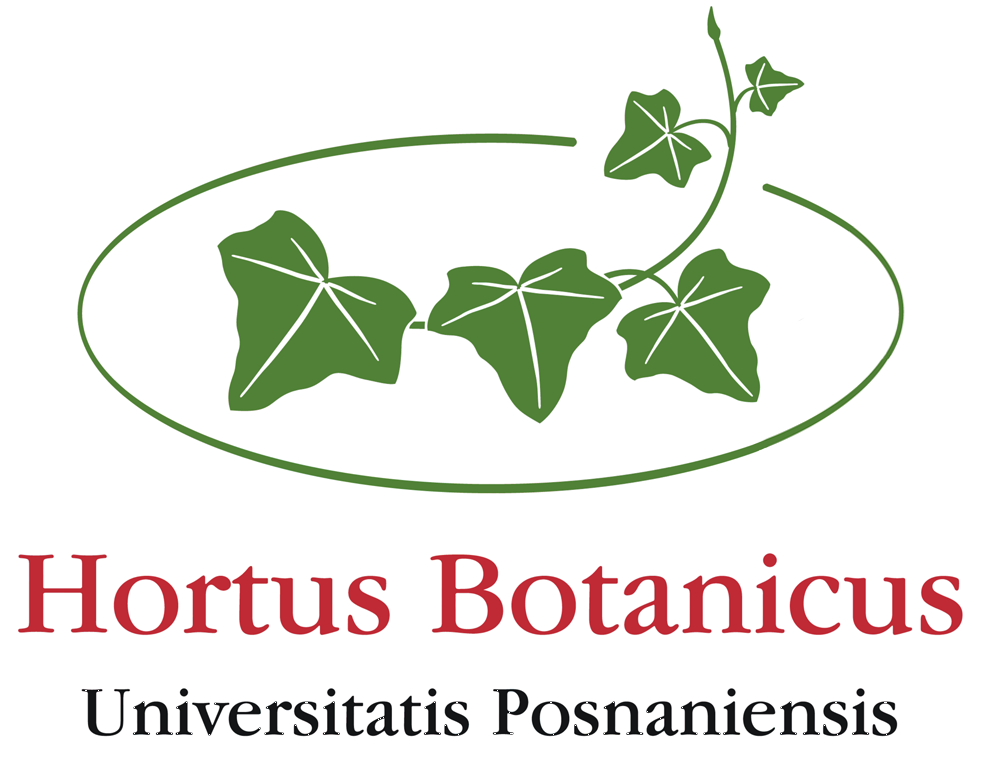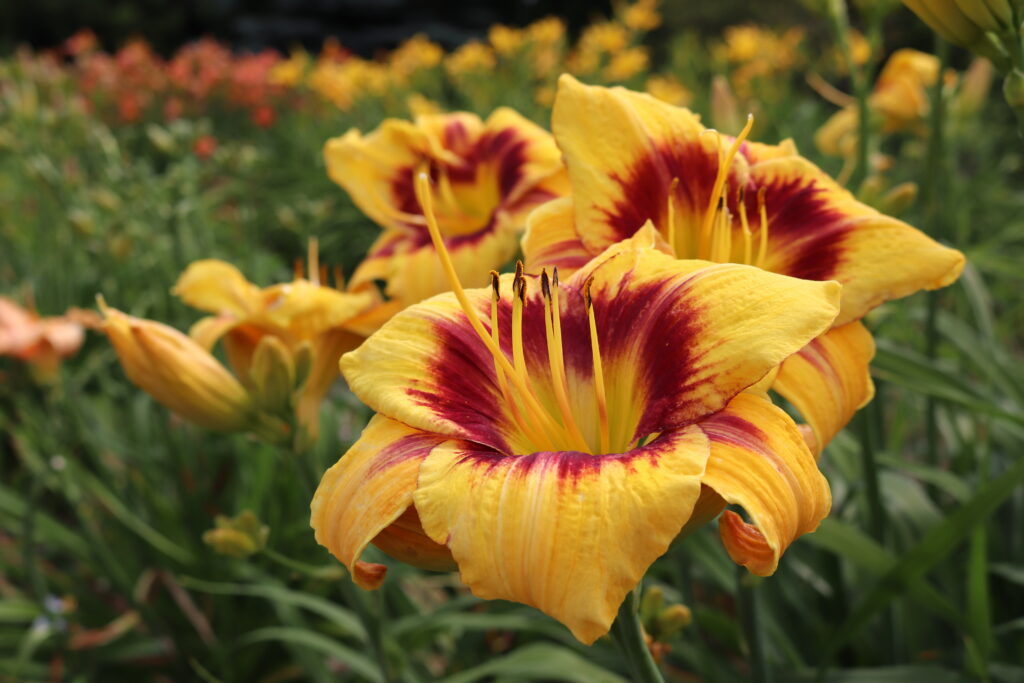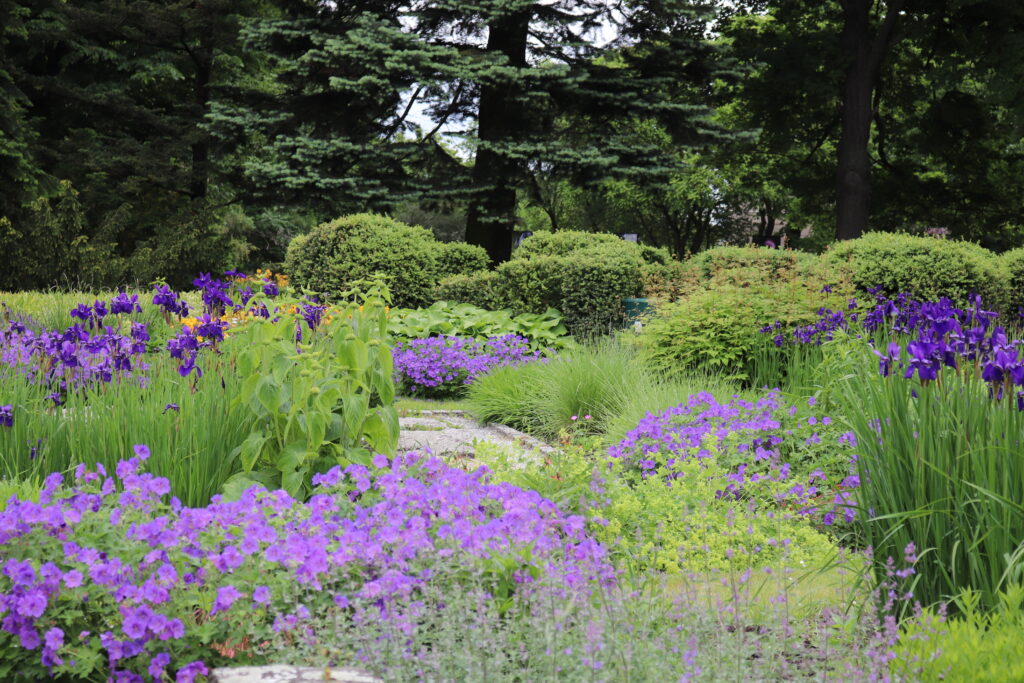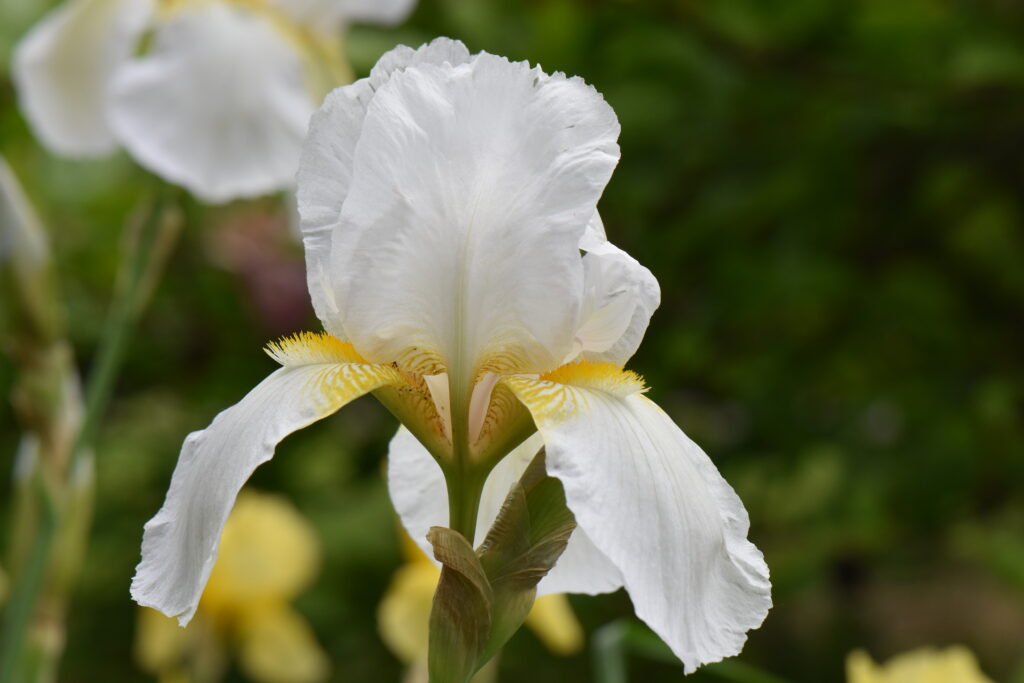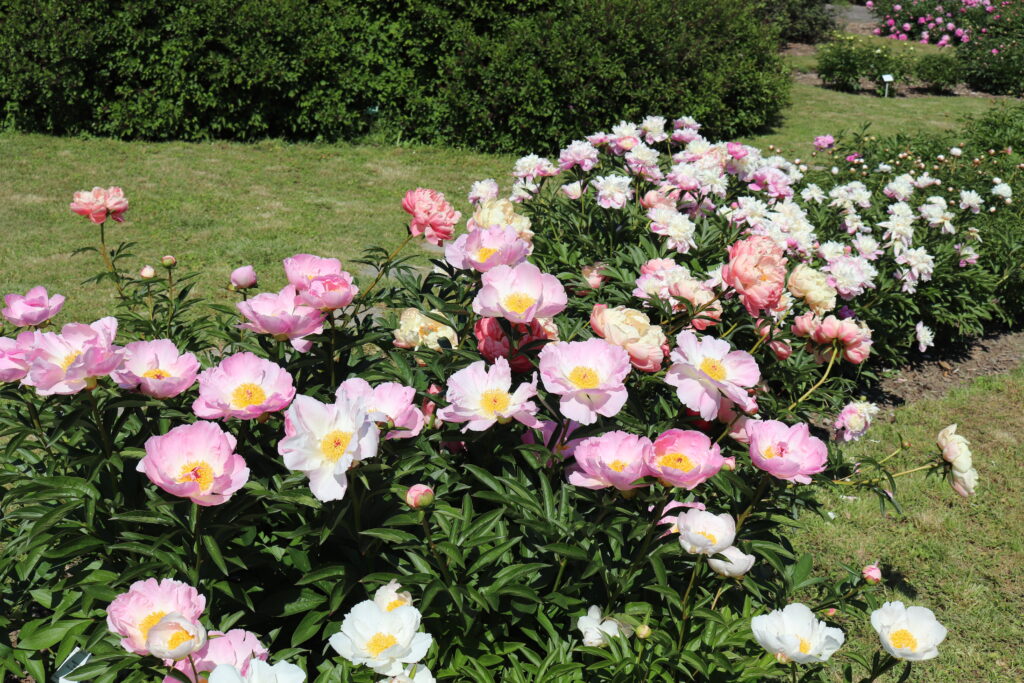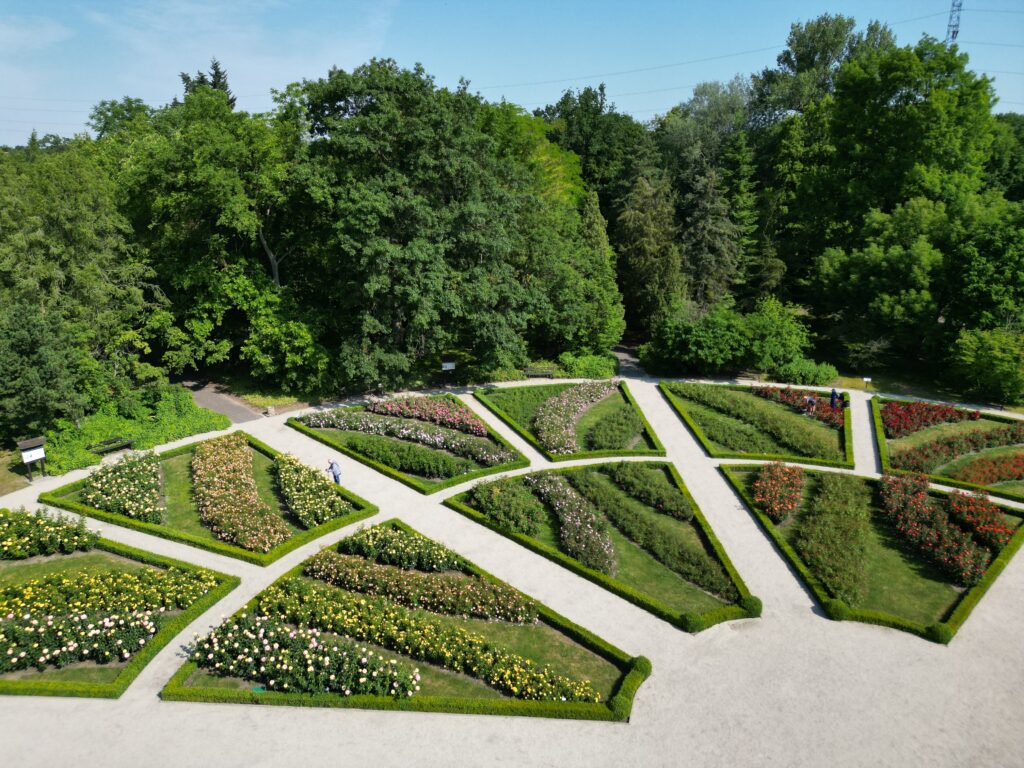Ground collections
The ground collections are divided into 9 thematic sections, which represent the diversity of the plant world, their interrelationships and common features. The composition makes it possible to look at the collected taxa from many different perspectives.
Alpinarium
The Alpinarium covers an area of about 6,000 sqm, where nearly 1,300 taxa, mostly from natural sites, have been collected. They present the vegetation of mountain ranges of different climatic zones of the world: subpolar, temperate and subtropical.
In order to provide plants with near-natural habitat conditions, the alpinarium was built with rock material that varied in size and composition – mainly granite and limestone (about 3,000 tons), and the area was configured accordingly. Numerous rock shelves and crevices, terraces and scree areas were created. In addition, seven water reservoirs were made, connected by streams into a closed water circuit.
The entire establishment is divided into sections: Carpathians, Alps, mountains of the Balkan Peninsula, mountains of the Pyrenean Peninsula, Caucasus, mountains and highlands of Asia (Himalayas, Iranian Highlands) Rocky Mountains, Tundra vegetation, mountains of the southern hemisphere – Southern Alps, Dragon Mountains, southern Andes. In isolated ranges are exposed groups of taxa characteristic of herbaceous communities, alpine grasslands, rock crevices and scree.
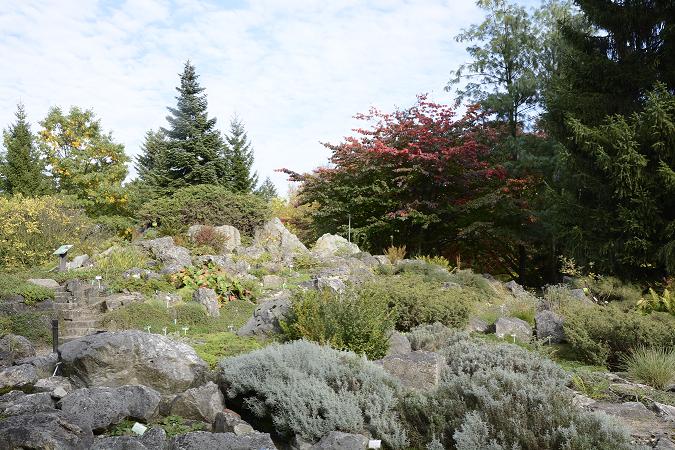
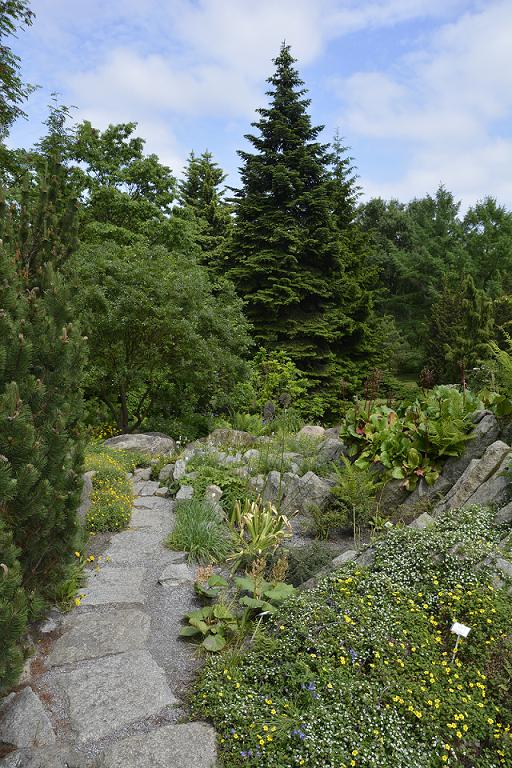
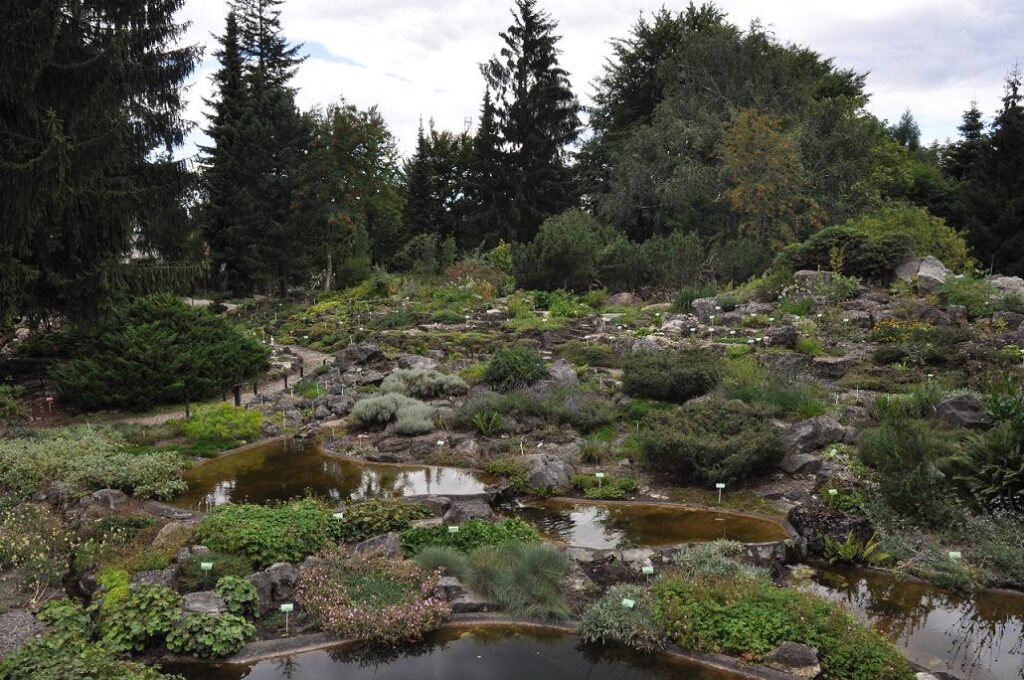
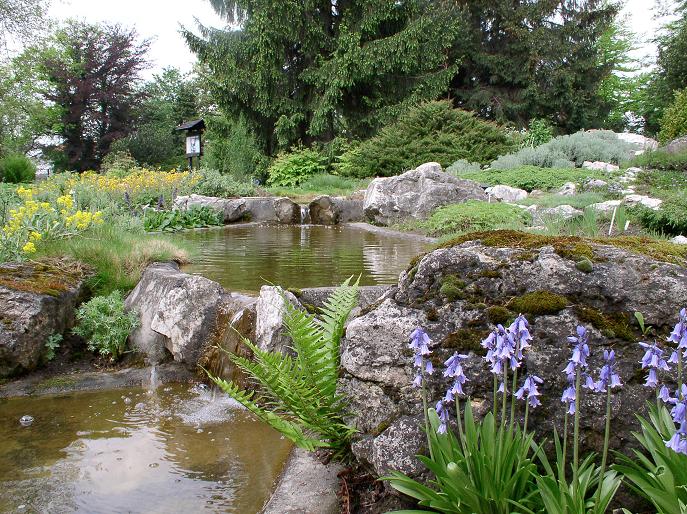
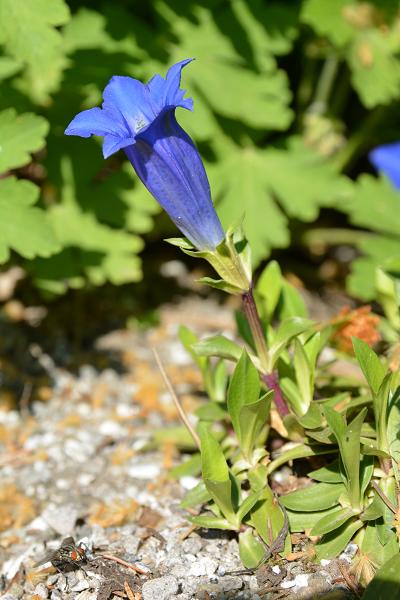
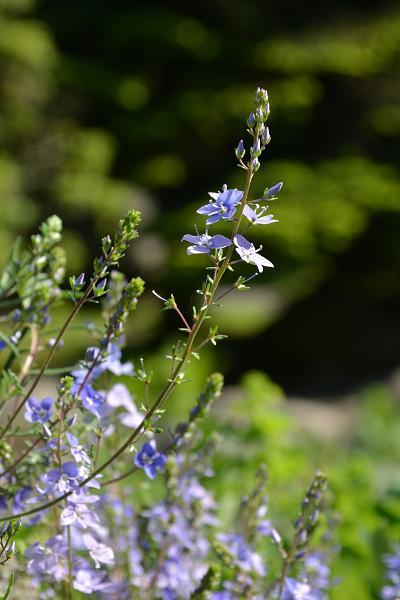
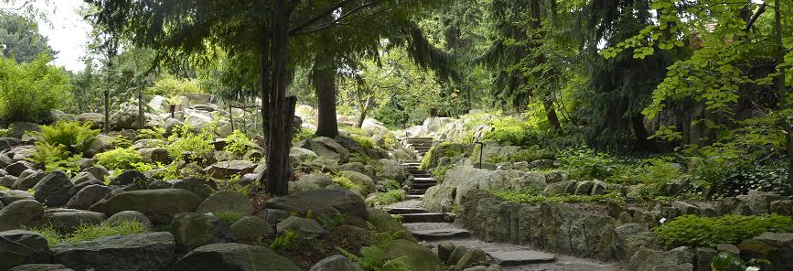
Plant Biology Department
The Plant Biology section presents the biological features of vegetative and generative organs. The collection provides a basis for educational activities designed for organized groups, and is also an interesting collection for independent study of issues in plant morphology. Here we can find taxa that exemplify different types of foliage and leaf structure, as well as shoot and leaf transformation. In addition, some of them illustrate different types of flowers and inflorescences, the ways in which flowers are pollinated, including the occurrence of various allurements in nature, as well as the types of diaspores and how they are spread.
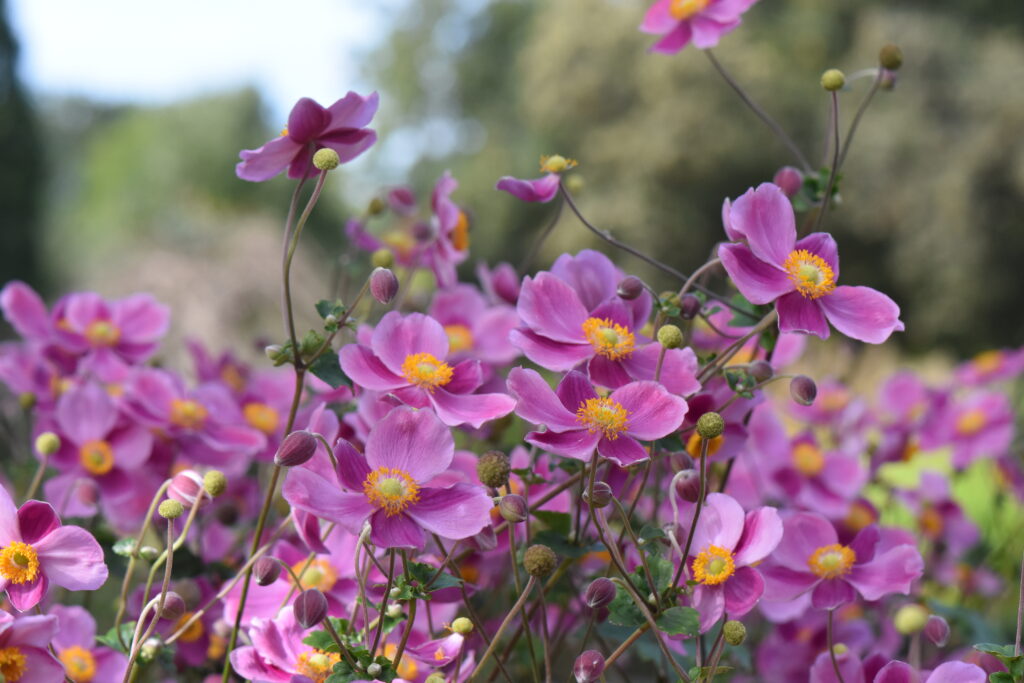
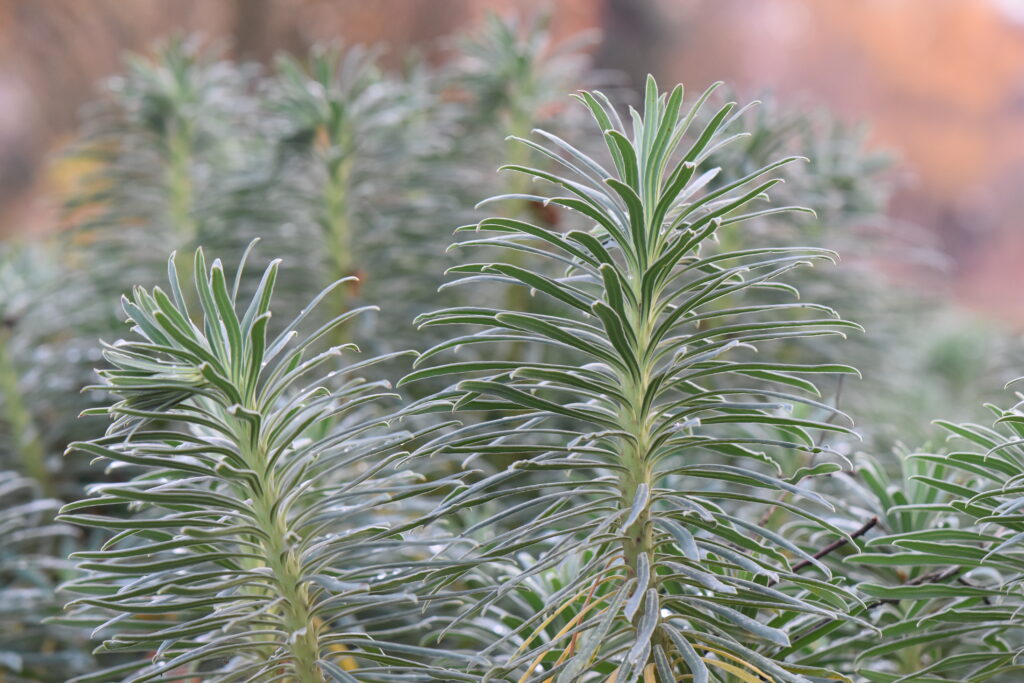
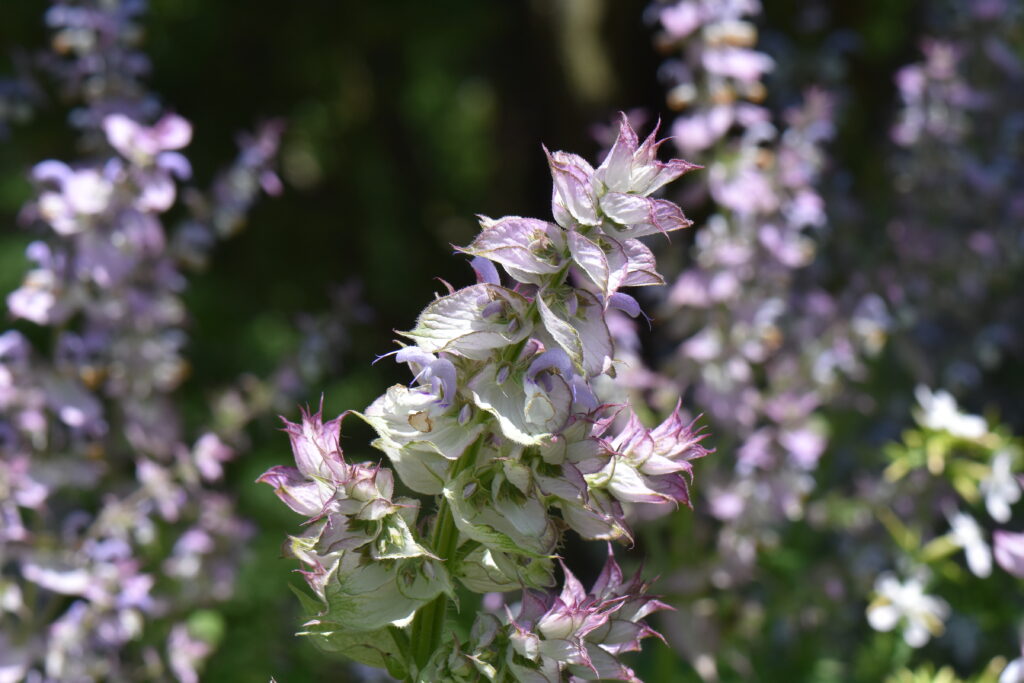
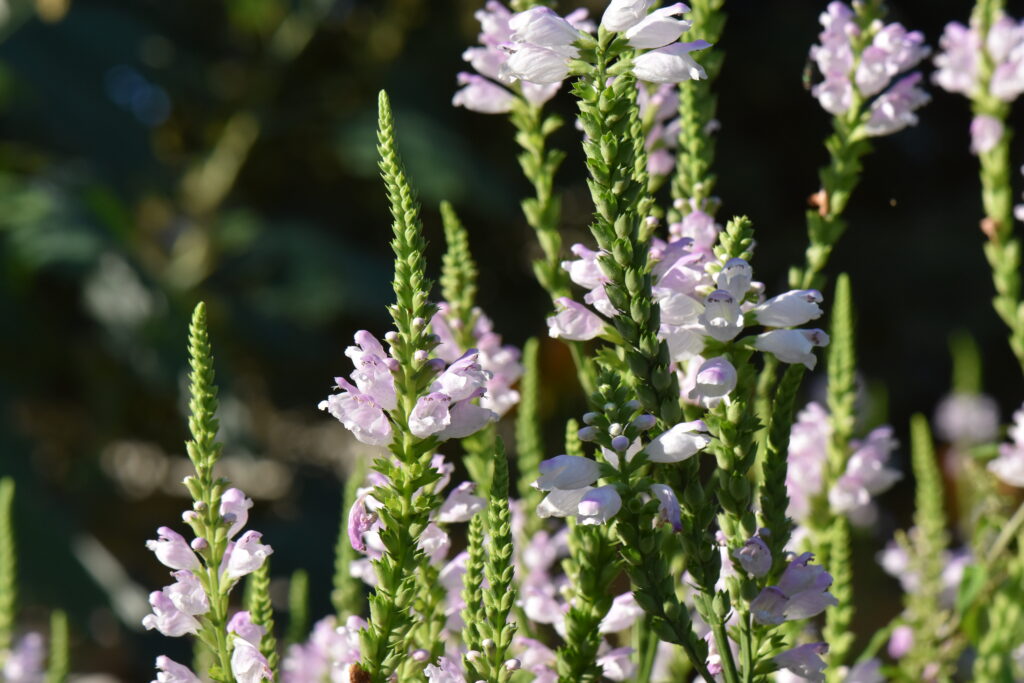
Dendrology Department
The Dendrological Department covers an area of about 4 hectares. It presents trees and shrubs characterized by high ornamental values. These are mostly cultivated varieties, less often botanical forms of species.
Many sections of the department have their own theme. There are more than a dozen such distinguishing features, and they include collections of trees and shrubs with colorful and mottled leaves, ornamental fruits, decoratively colored leaves in autumn, as well as plants that bloom in spring and summer. There are also plots where trees and shrubs with pyramidal and columnar, spherical and with overhanging (“weeping”) stems are grouped together. The department also includes collections of climbing plants, legumes, varieties of lilacs, the National Collection of Irgas, as well as Polish varieties of ornamental plants.
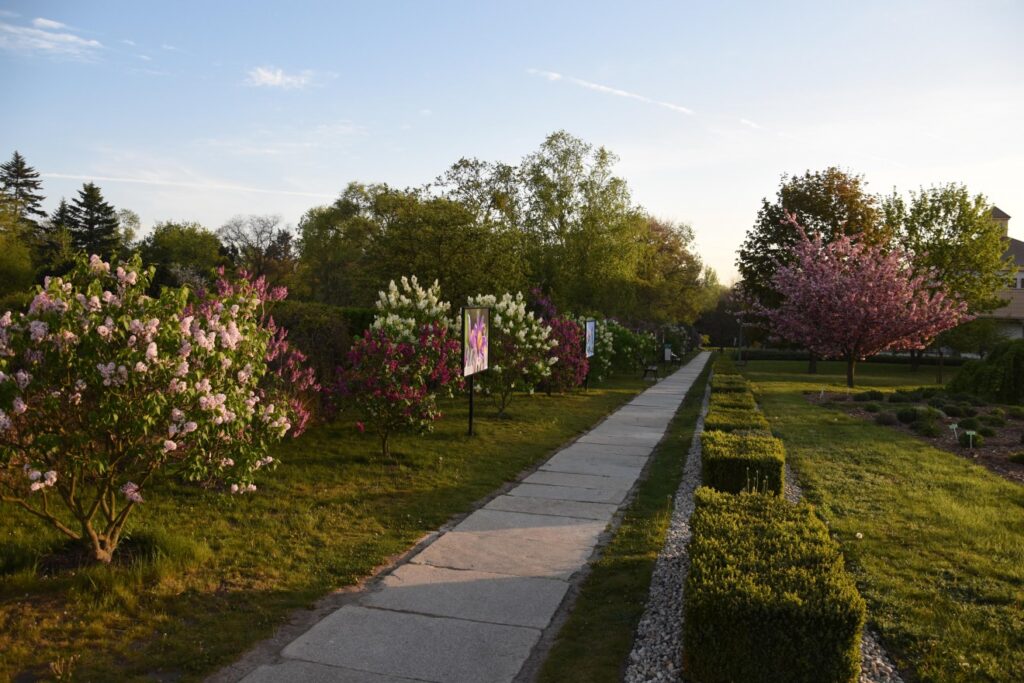
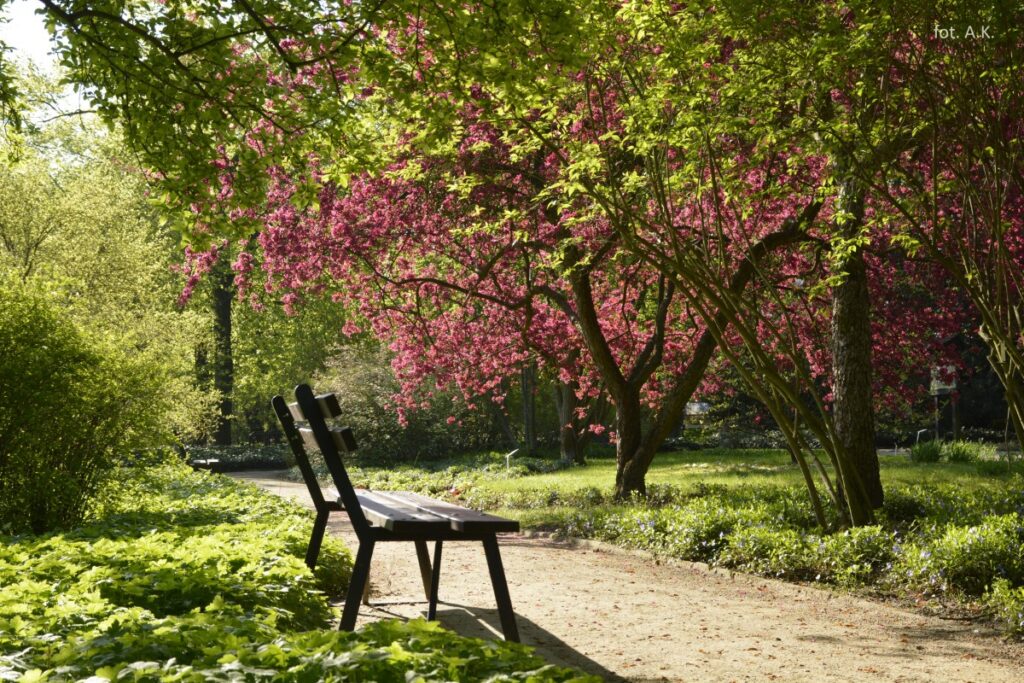
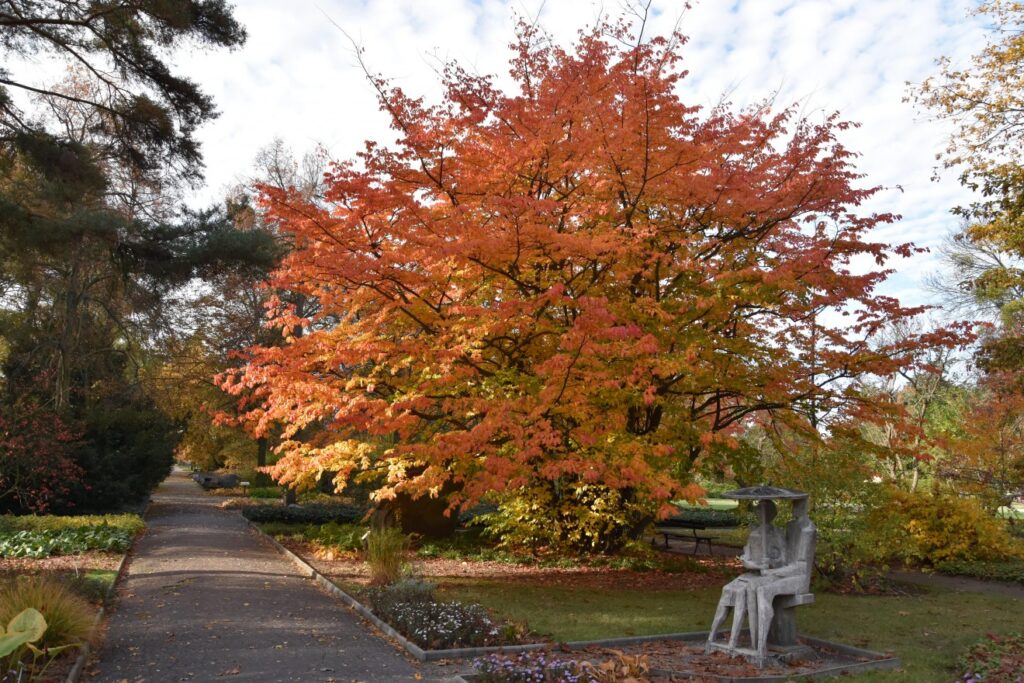
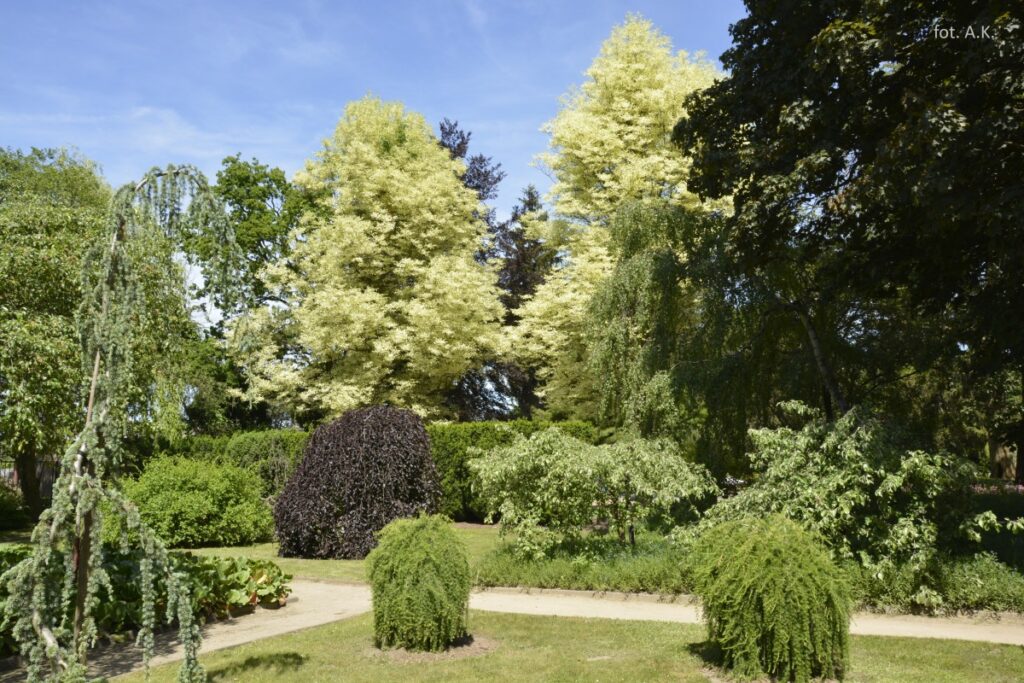
Environmental Department
The Ecological Department is located mainly in the northern and eastern parts of the Garden. It presents the vegetation of forest, dune and meadow communities.
The Garden’s natural soil and climatic conditions have allowed the creation of a rhododendron, or oak-hornbeam forest, within the section, which is one of the potential natural communities of Wielkopolska. This part of the section also presents a fragment of a fertile lowland beech forest of the Pomeranian type, whose basic and only tree layer building species is the common beech (Fagus sylvatica L.).
In order to create favorable conditions for the presentation of dune plants, in 1954 a sand hill imitating a dune was piled up in the northern part of the Garden. Plants grown on the dune are mostly from natural sites, mainly from the Leba Spit. In turn, in the eastern part of the Garden, raygrass meadows were formed, which are maintained in a single-cut system.
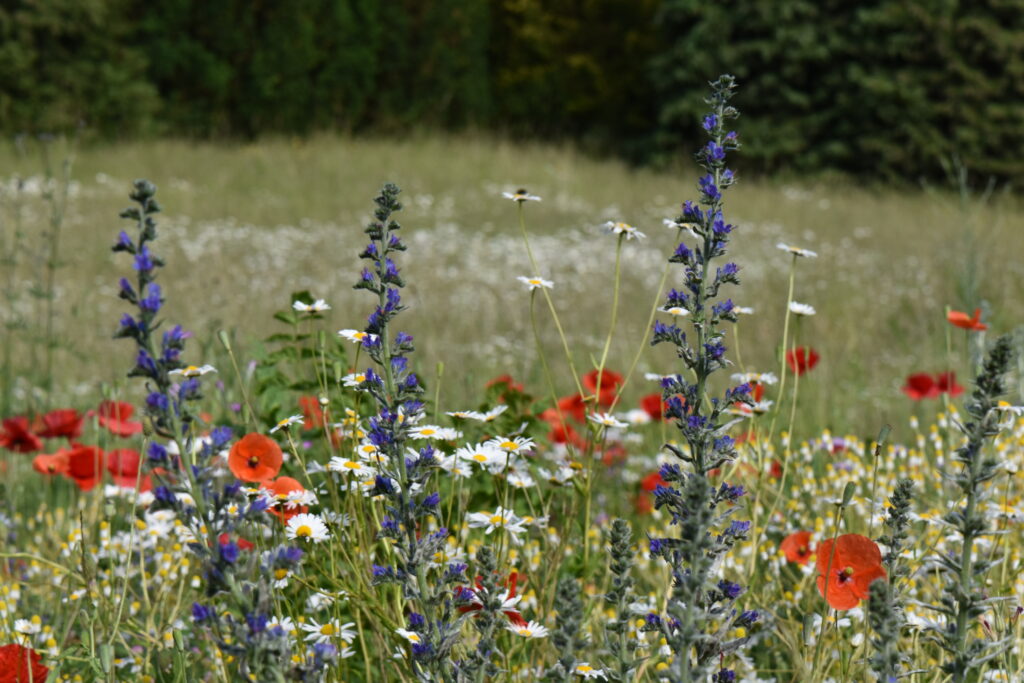
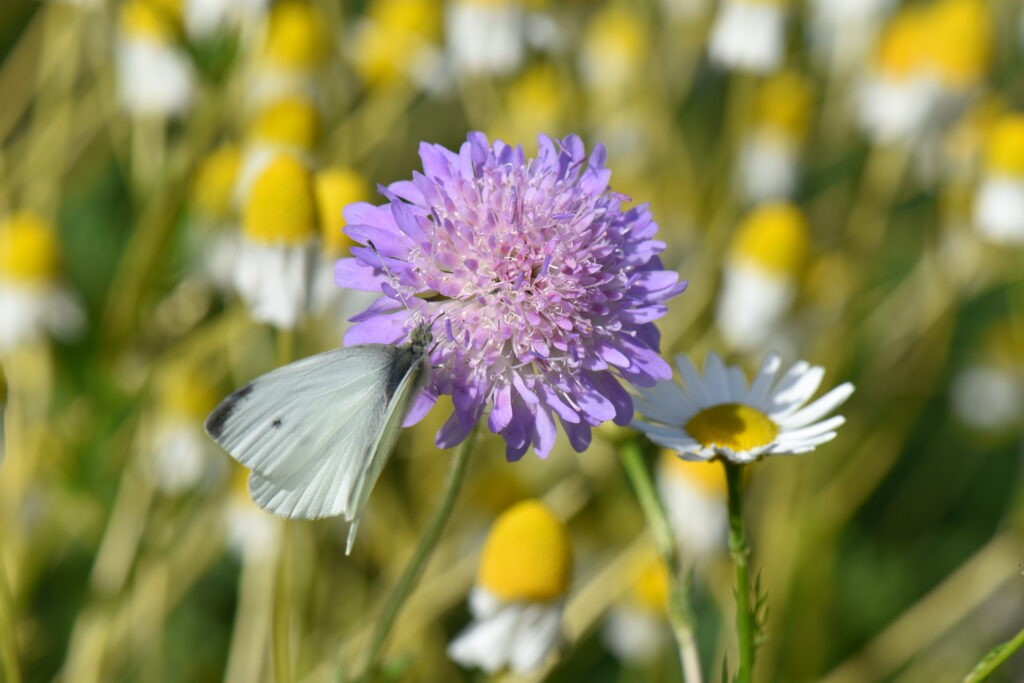
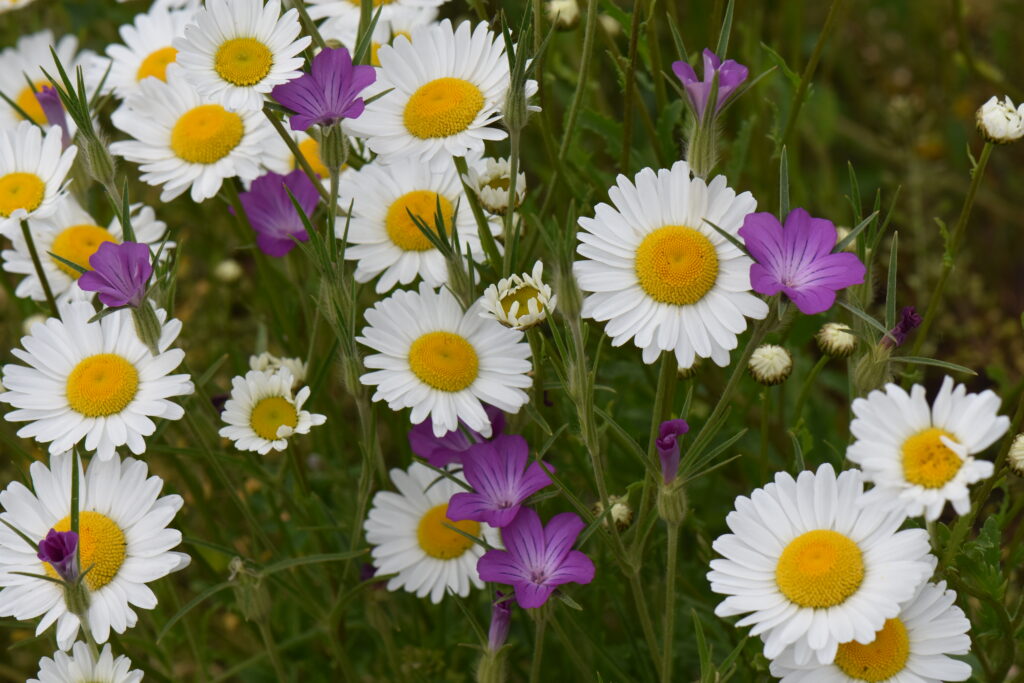
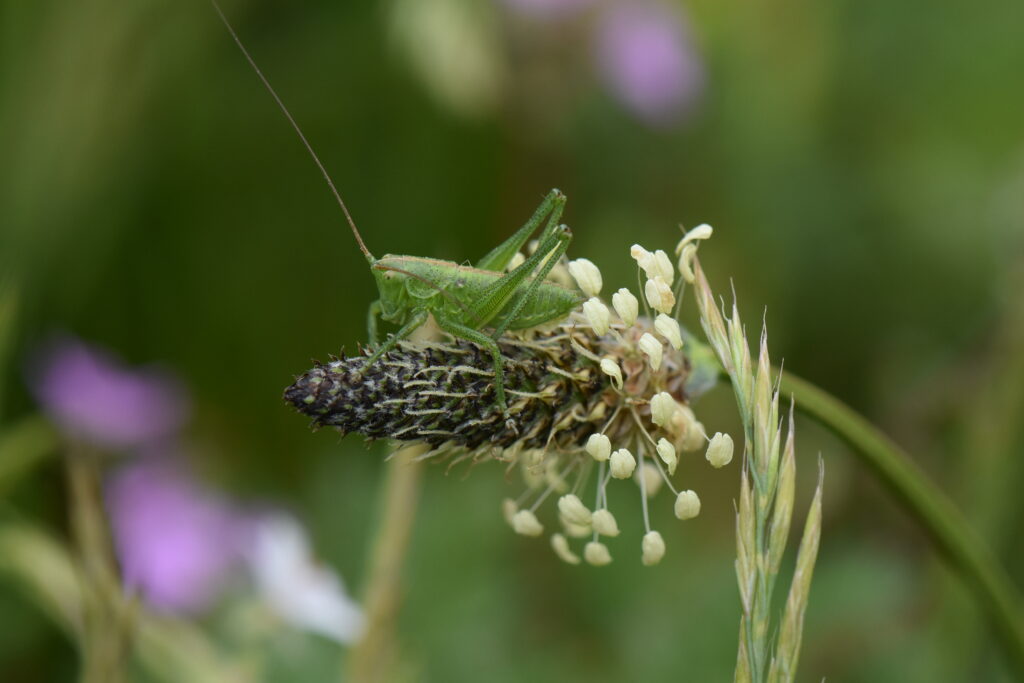
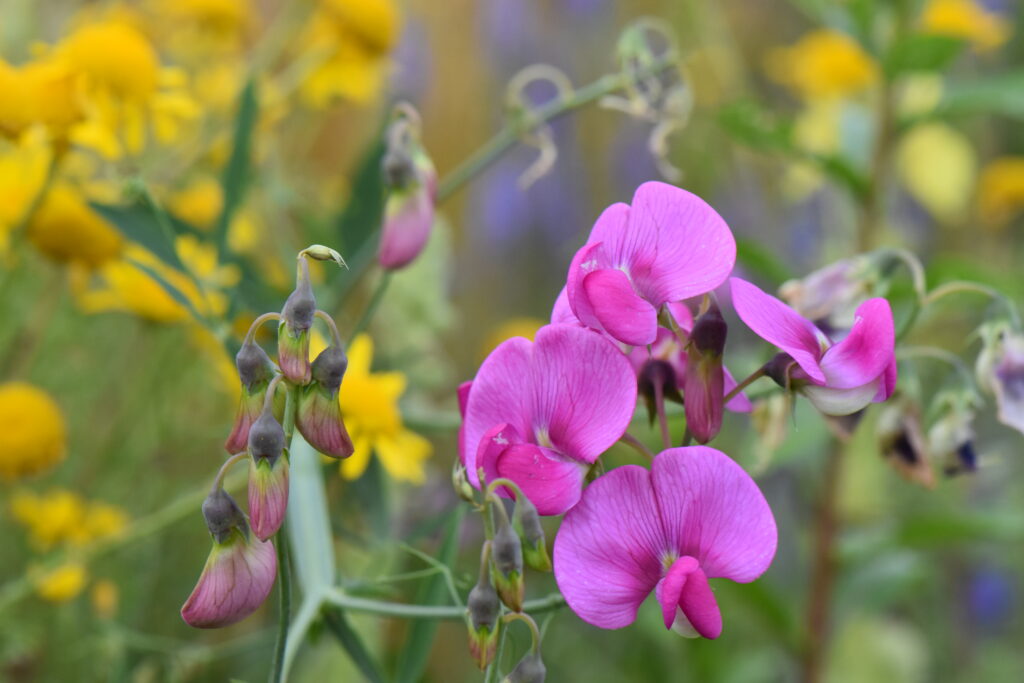
Plant Geography Department
The Department of Plant Geography occupies the largest area in the Garden – about 7.5 hectares. The department was established in the 1930s and at the time occupied about 2.5 hectares. The whole was divided into plots grouping plants from specific geographic lands (Himalayas, Manchuria, Siberia, Turkestan), countries (China, Japan, Korea), as well as entire continents (Europe, North America, Asia).
With the development of the Garden in the 1970s and 1990s, the area of the department was increased, which made it possible to expand the collection. Today it presents the diversity of the Earth’s plant cover in the arrangement of climatic and plant zones, mainly extra-tropical areas of the northern hemisphere. The largest area is devoted to representatives of the formation of regions with temperate climates, characterized by deciduous forests that shed their leaves for the winter (nemoral zone). Very richly represented in it is the dendroflora of East Asian forests, including especially broad-leaved and mixed mesophytic forests, as well as northern mixed forest and riparian forests.

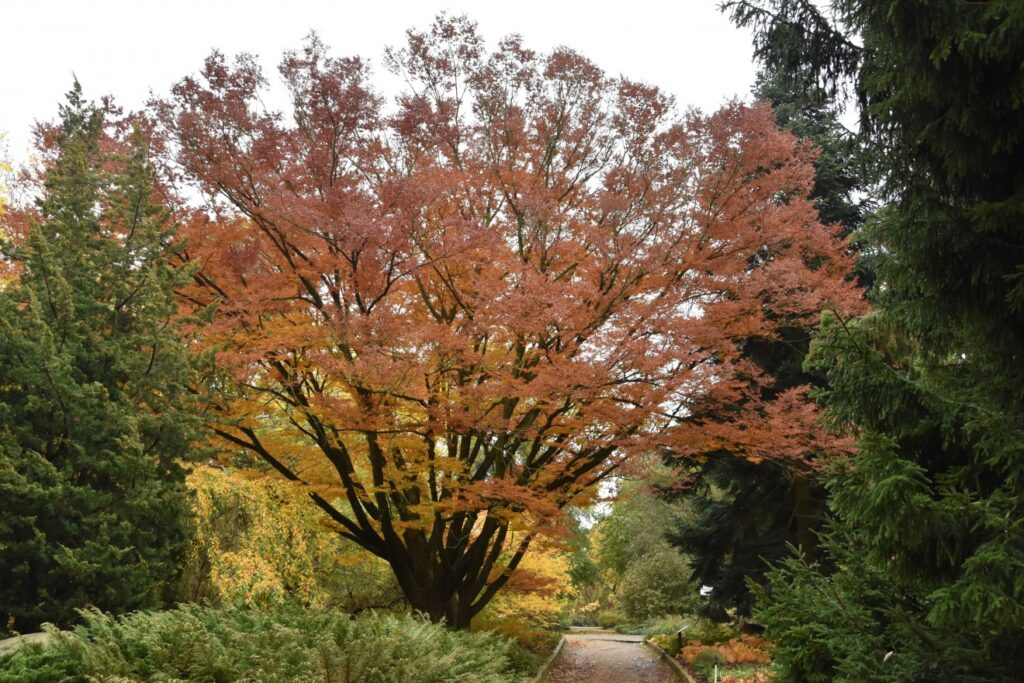
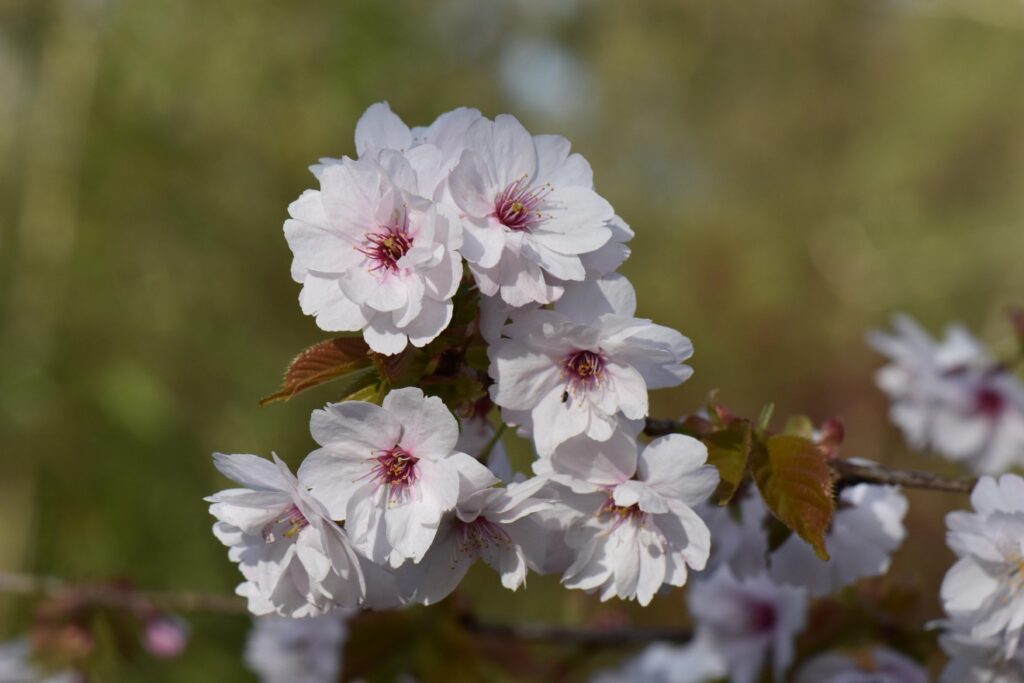
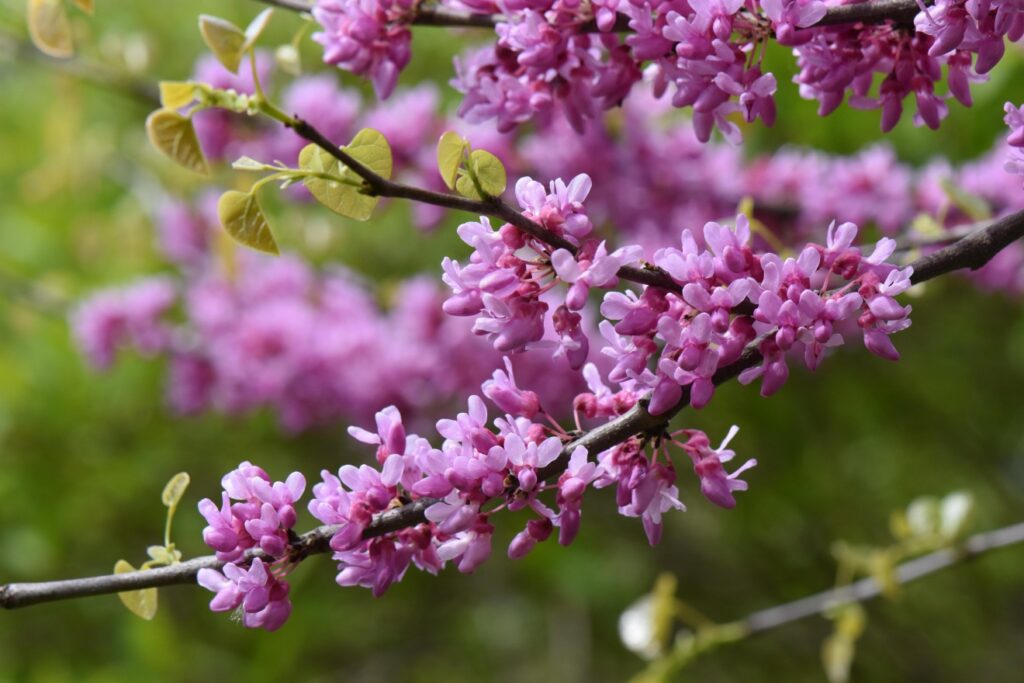
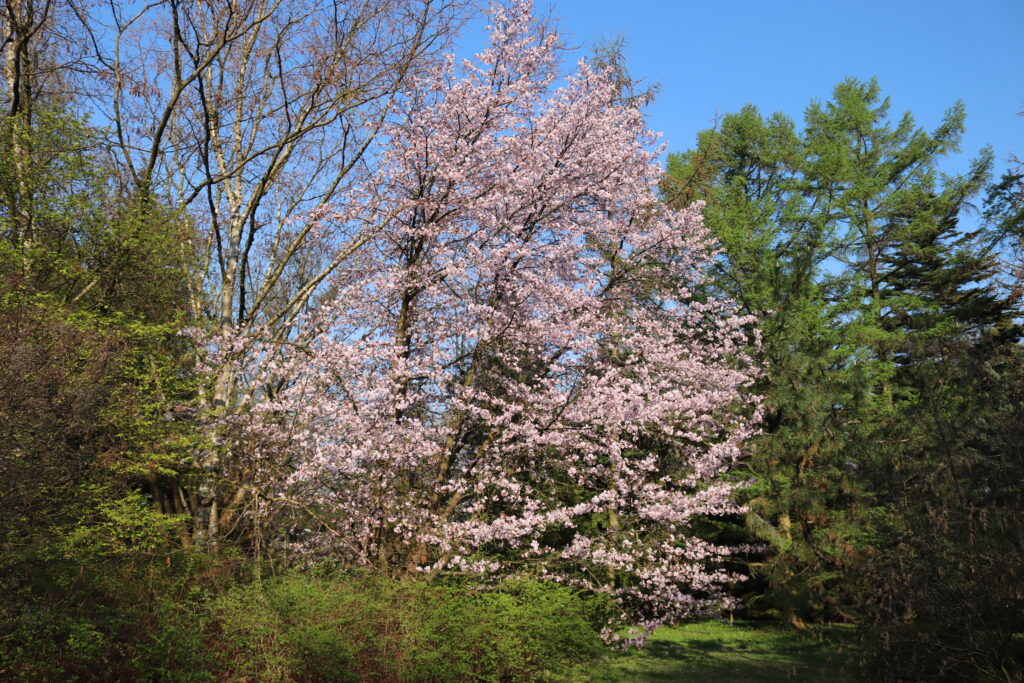
Ornamental Plants Department
The Department of Ornamental Plants, is a colorful collection of perennials presented in numerous beds arranged, among others, in the surroundings of the Department of Dendrology. Among them are rich collections of cultivated saplings (about 230 varieties), peonies (about 120 varieties) and lilies (about 280 varieties). Particularly noteworthy is the Rosarium, which is home to 2,950 roses representing 29 cultivated varieties. The department also includes the garden first floor adjacent to the Rosarium, and which lies on a common axis with the Exposition and Education Pavilion. One of the most recognizable spots in the Garden is located here – a fountain with a sculpture of a ballerina.
Department of Rare and Endangered Plants
The Department of Rare and Endangered Plants consists of five plots that vary in terms of habitat conditions. Within them, additional work has been carried out to adapt the properties of the substrate to the requirements of specific, ecological groups of species.
Plants under legal protection in Poland have been grown in the Poznan Botanical Garden since its inception. The basis for the selection of species was the list contained in the Nature Protection Act of 1919. This collection was successively supplemented as the list of taxa protected by subsequent legislation was expanded.
After the adoption of the declaration of the inclusion of botanical gardens in the implementation of the World Conservation Program (Las Palmas de Gran Canaria 1985), by the International Union for Conservation of Nature and Natural Resources (IUCN), it was undertaken to enlarge the collection with species from the “Polish Red Book of Plants” and regional lists. In the 1980s, a separate section – Rare and Endangered Plants – was created at the UAM Botanical Garden for these taxa. Currently, they are collected in it:
- Plant species legally protected by the Decree of the Minister of Environment of October 9, 2014. (Journal of Laws of 2014, item 1409),
- Rare and endangered plant species described in the “Polish Red Book of Plants” (Kazmierczakowa et al. 2014),
- Plant species listed in the “Red List of Plants and Fungi of Poland” (Mirek et al. 2006),
- Rare and endangered plant species included in published regional lists of northwestern Poland: Lubuska Land (Pawełczyk, Pawełczyk 2011), Western Pomerania (Żukowski, Jackowiak 1995), Greater Poland (Jackowiak et al. 2007), Kujawy (Rutkowski 1997) and Gdansk Pomerania (Markowski, Buliński 2004),
- Diagnostic plant species of Natura 2000 natural habitats listed in the Regulation of the Minister of Environment dated May 16, 2005 (Journal of Laws 05.94.795),
- plant species characteristic (in the phytosociological sense) of plant communities threatened with extinction in Greater Poland (Brzeg, Wojterska 2001).
Plants grown in the department are of known origin. Most of them were obtained from seeds collected from natural sites. In the case of species with extremely few stands in the wild, seeds are brought from the documented resources of other botanical gardens.
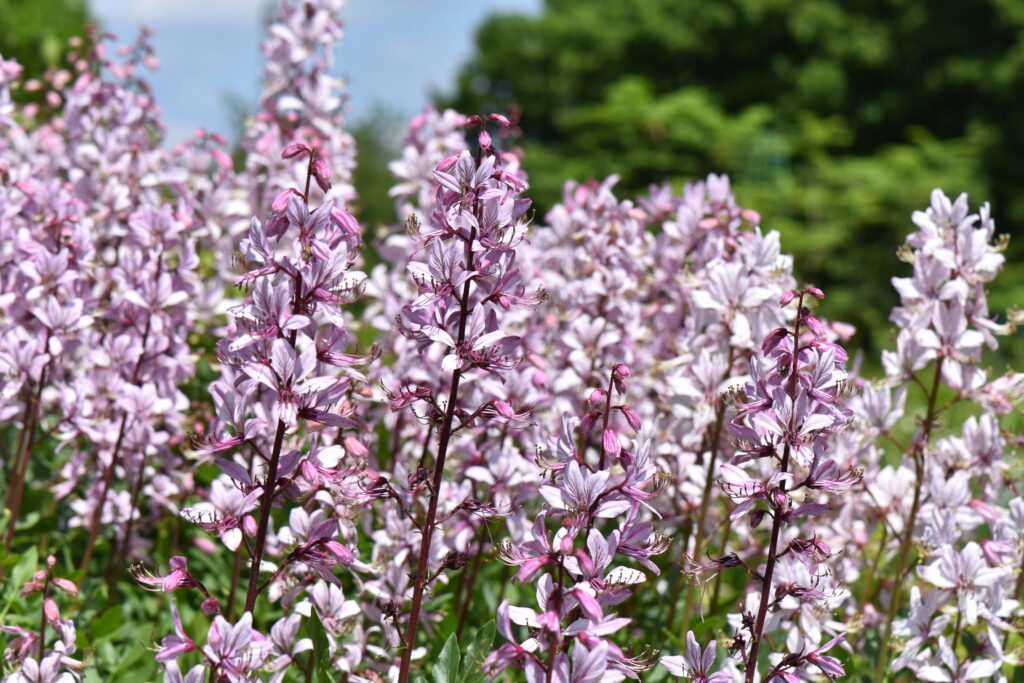
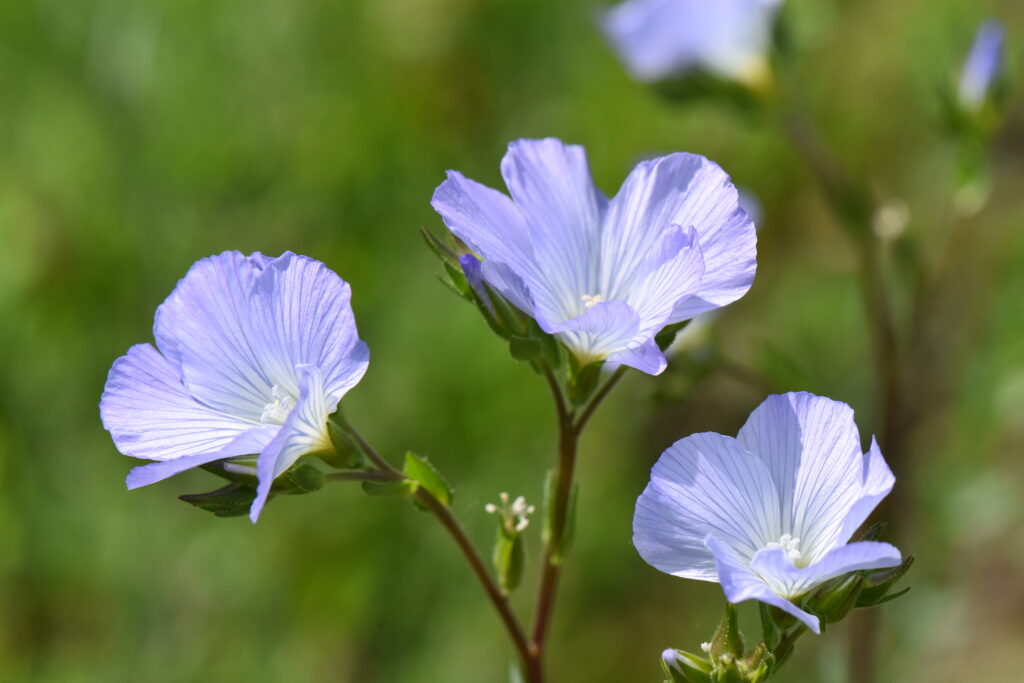
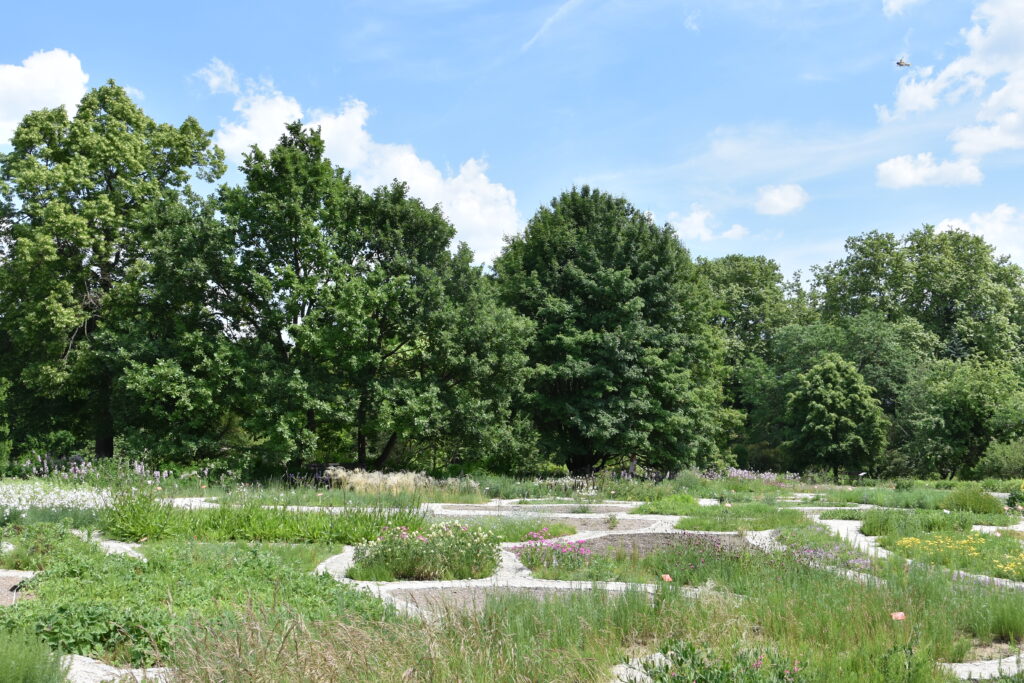
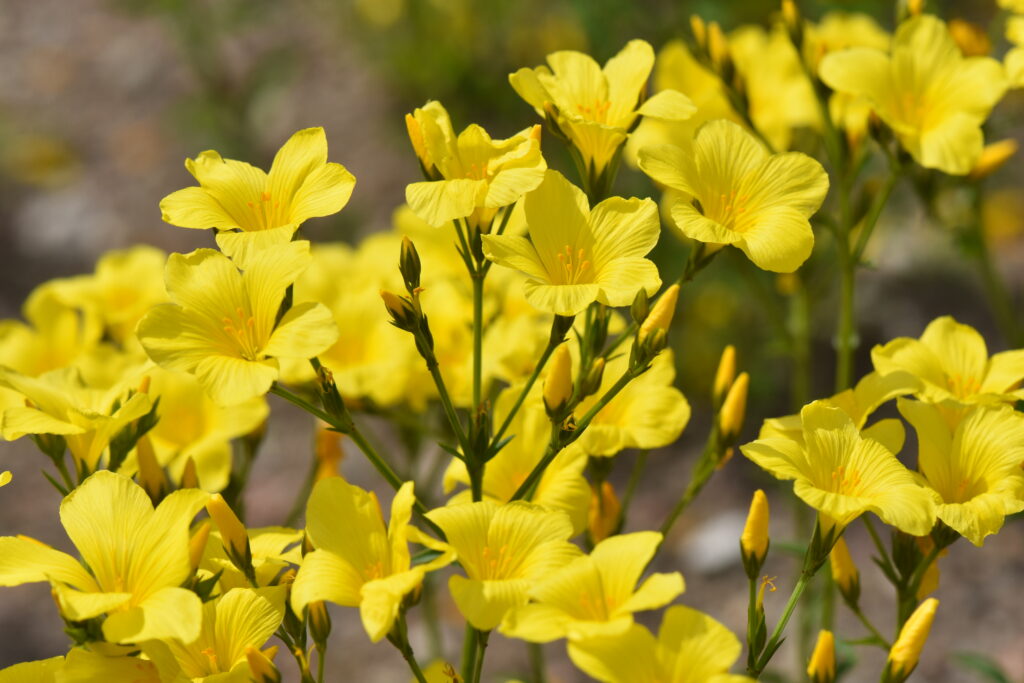
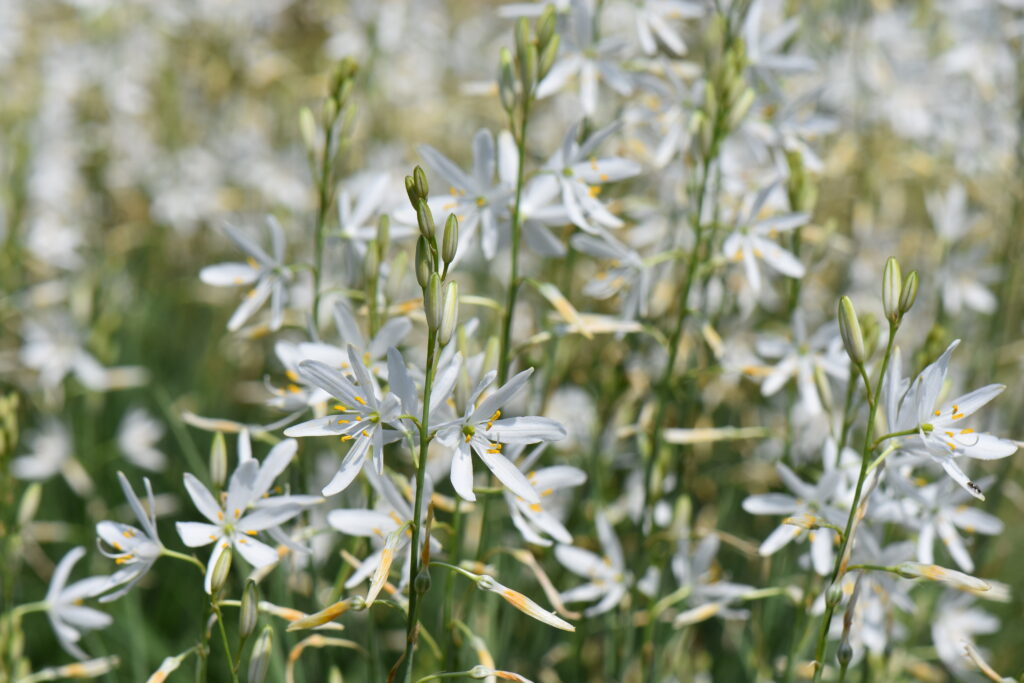
Department of Aquatic and Swamp Plants
The Department of Aquatic and Marsh Plants, is a display of about 140 taxa gathered in several natural and artificial pools. The artificial pools include concrete tanks with swamp “pockets” for the display of helophytes, i.e. mud taxa rooted in bottom silt, with submerged or periodically flooded stems. The marsh part is separated from the basin by a baffle through which the water, at high levels, seeps.
The largest water reservoir in the Garden has an area of nearly 1,000 m2 and is filled with groundwater. It is located in the northern part of the Garden in the valley of the former Seganka stream. To the north and east, the plants around the reservoir grow freely, while to the south it has been planted with low moisture-loving plants, which naturally transition into the Northern Hemisphere Moisture-loving Vegetation collection established in 2014.
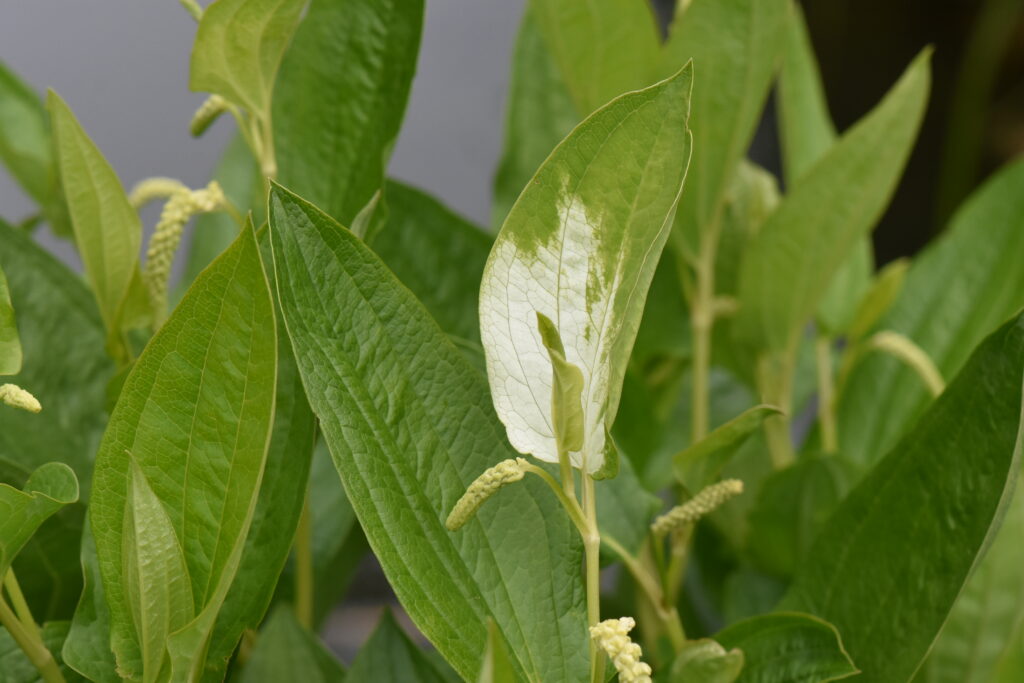
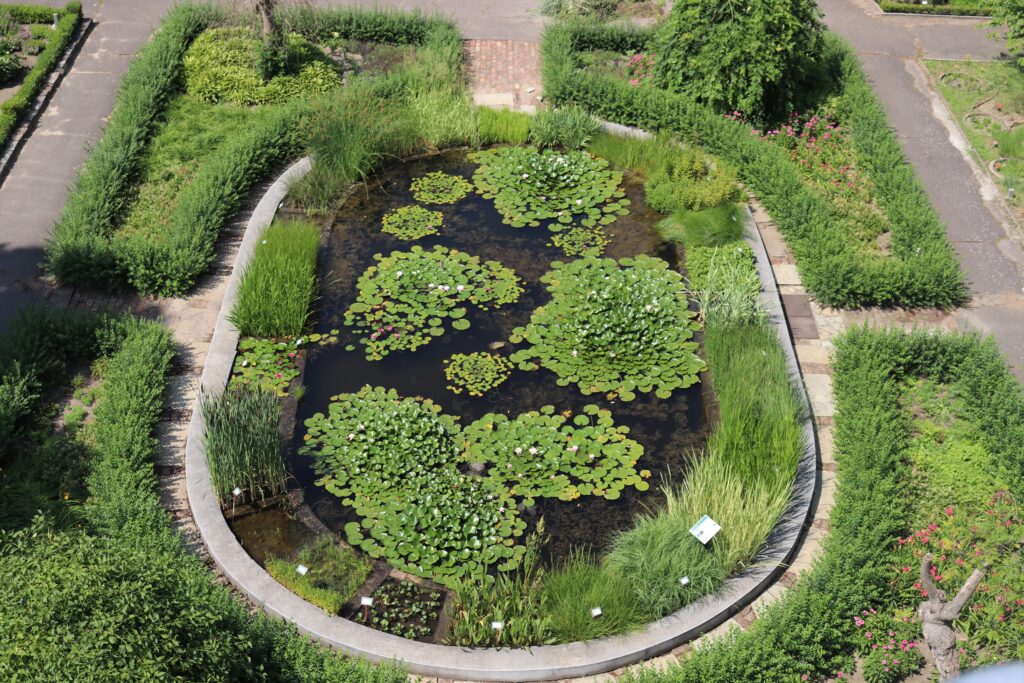
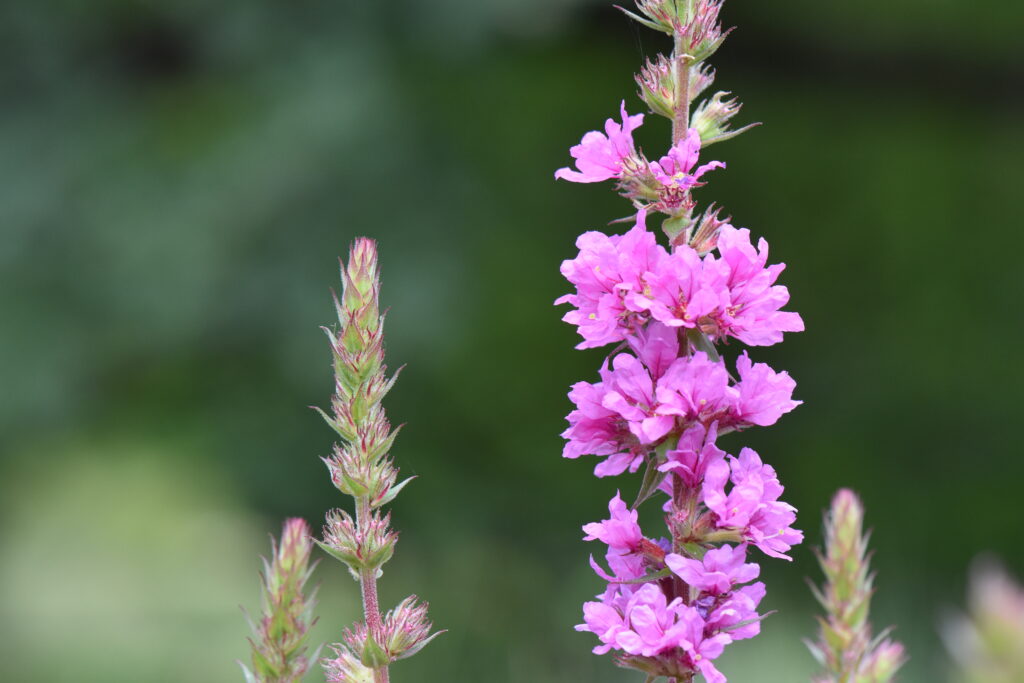
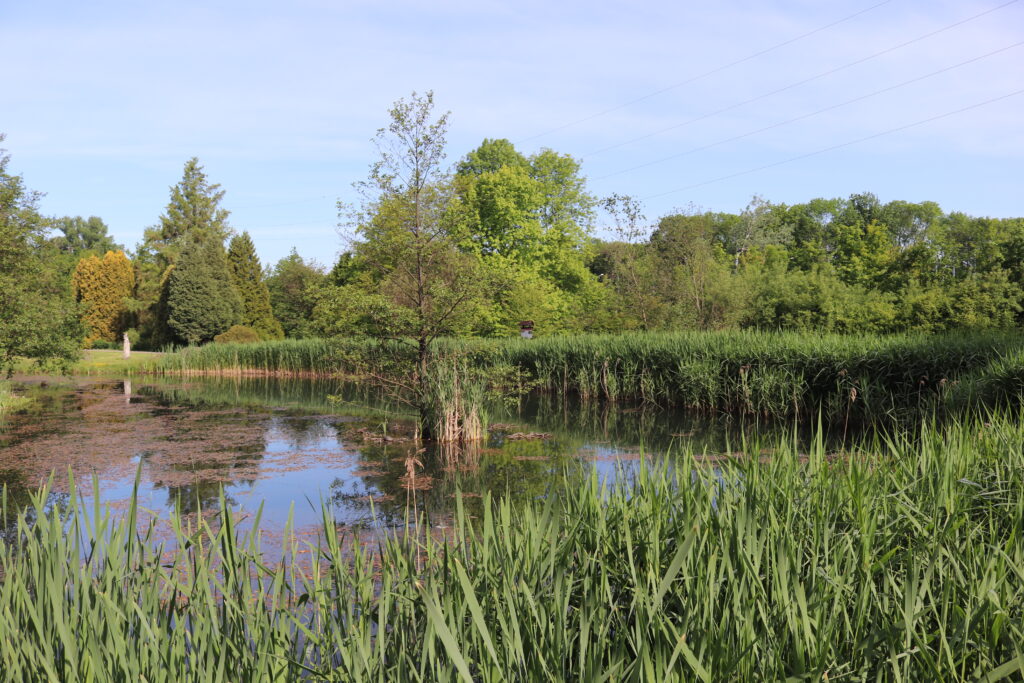
Plant Systematics Department
The Department of Plant Systematics was created in 1922-1925 on an area of about 1.5 hectares. It is characterized by a regular plot layout, which is characteristic of old botanical gardens. It presents plants grouped according to their family affiliation, using the Engler System, which ranks plants according to their morphological characteristics.
Plants grown in the Systematics Department mainly come from temperate climate zones, with the flora of Poland being particularly richly presented. The bulk of the collection consists of perennial herbaceous and partially woody plants. The arrangement is supplemented by trees and shrubs, some of which are among the oldest specimens in the Garden.
